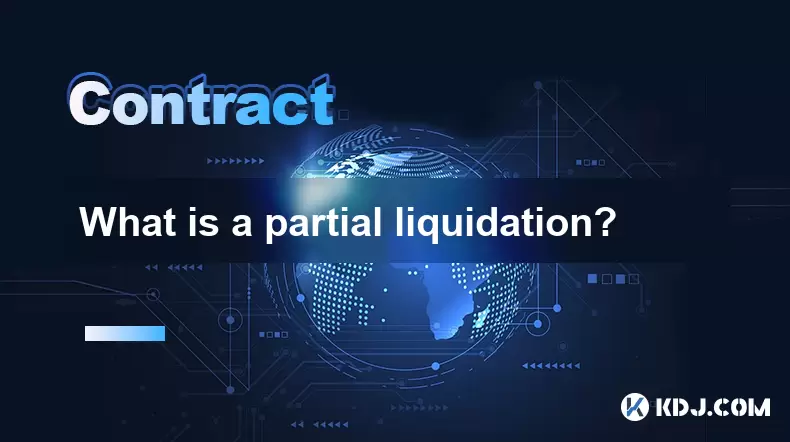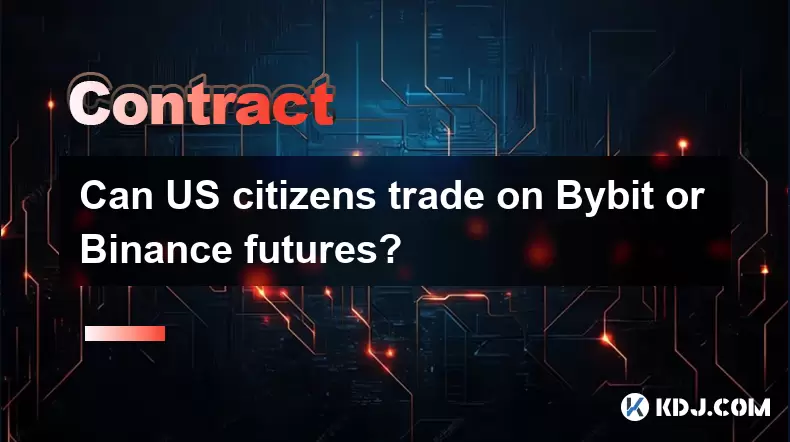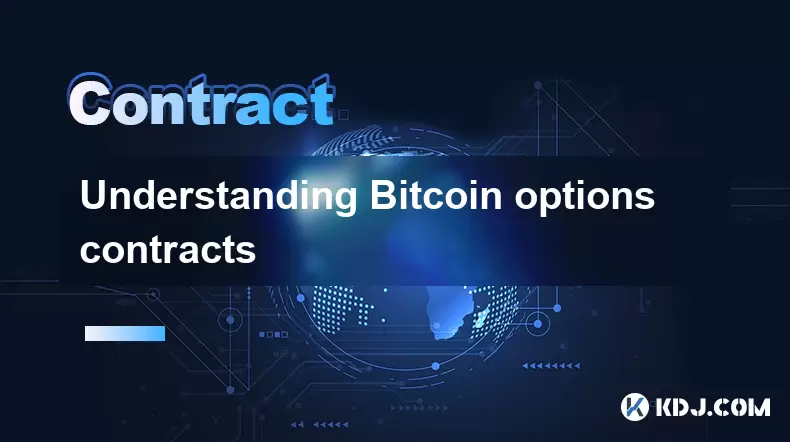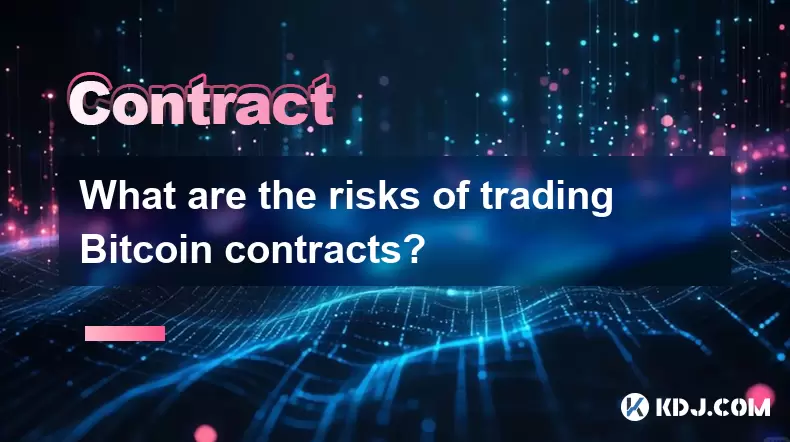-
 Bitcoin
Bitcoin $118100
-0.44% -
 Ethereum
Ethereum $3585
5.43% -
 XRP
XRP $3.434
5.65% -
 Tether USDt
Tether USDt $1.000
0.02% -
 BNB
BNB $743.8
3.89% -
 Solana
Solana $178.7
3.84% -
 USDC
USDC $1.000
0.03% -
 Dogecoin
Dogecoin $0.2381
12.81% -
 TRON
TRON $0.3270
3.62% -
 Cardano
Cardano $0.8315
4.93% -
 Hyperliquid
Hyperliquid $44.51
-4.42% -
 Stellar
Stellar $0.4710
1.52% -
 Sui
Sui $3.896
-2.51% -
 Chainlink
Chainlink $18.09
6.98% -
 Hedera
Hedera $0.2681
9.31% -
 Bitcoin Cash
Bitcoin Cash $516.7
4.83% -
 Avalanche
Avalanche $23.95
6.96% -
 Shiba Inu
Shiba Inu $0.00001490
5.67% -
 UNUS SED LEO
UNUS SED LEO $8.966
0.80% -
 Toncoin
Toncoin $3.294
4.39% -
 Litecoin
Litecoin $105.4
4.69% -
 Polkadot
Polkadot $4.356
5.30% -
 Uniswap
Uniswap $10.29
17.25% -
 Monero
Monero $327.9
-3.04% -
 Bitget Token
Bitget Token $4.942
4.33% -
 Ethena USDe
Ethena USDe $1.001
0.08% -
 Pepe
Pepe $0.00001348
2.17% -
 Dai
Dai $1.000
0.02% -
 Aave
Aave $320.8
0.58% -
 Bittensor
Bittensor $411.8
-4.07%
What is a partial liquidation?
Partial liquidation in crypto trading automatically closes part of a leveraged position when margin falls below a threshold, helping prevent total loss and reducing exchange risk.
Jul 19, 2025 at 01:49 am

Understanding the Basics of Partial Liquidation
In the world of cryptocurrency trading, especially within leveraged positions, partial liquidation refers to the automatic closure of a portion of a trader’s open position when the account’s margin level falls below a required threshold. This mechanism is designed to prevent the total loss of invested capital while maintaining the integrity of the exchange’s risk management system. Unlike full liquidation, which closes the entire position, partial liquidation only affects a specific percentage of the trade, allowing the trader to retain the remaining portion of their position.
Exchanges implement partial liquidation to reduce systemic risk and to protect both traders and platforms from extreme market volatility. When a trader uses leverage, they are essentially borrowing funds to increase their exposure. If the market moves against them, their margin becomes insufficient to support the trade, triggering a liquidation process.
How Partial Liquidation Works in Practice
When a trader opens a leveraged position, they are required to maintain a minimum maintenance margin. If the price of the asset moves unfavorably and the equity in the account drops below this maintenance level, the system initiates a partial liquidation. This typically occurs gradually, depending on the platform’s liquidation rules and the severity of the price movement.
For example, if a trader opens a $10,000 long position with 10x leverage, they only need to put up $1,000 as margin. If the price drops significantly and the margin level falls below the maintenance margin requirement, say 5%, the system may begin to reduce the position size by a certain percentage—often in steps of 10% to 25%—until the margin level is sufficient again or until full liquidation occurs.
The process is automated and instantaneous, meaning the trader has no control over which part of the position gets closed. The system usually sells a portion of the asset at the current market price, which can sometimes result in slippage, especially in fast-moving markets.
Key Differences Between Partial and Full Liquidation
While both partial and full liquidation are designed to protect exchanges and traders from insolvency, they differ significantly in execution and impact. In partial liquidation, only a fraction of the position is closed, giving the trader a chance to recover if the market reverses. In contrast, full liquidation results in the complete closure of the position, often leading to a total loss of the trader’s margin.
Another key difference lies in the triggering conditions. Partial liquidation typically occurs when the account’s margin ratio dips below a certain percentage, but is still above the liquidation threshold for full closure. Full liquidation happens when the margin is completely insufficient to support the position, and there is no remaining buffer to prevent a total loss.
Some platforms also offer tiered liquidation systems, where the severity of the liquidation depends on the level of risk the trader is posing to the system. These systems may increase leverage deductions or adjust maintenance margins dynamically based on market conditions.
Factors That Influence Partial Liquidation Events
Several factors determine when and how a partial liquidation occurs. The most critical include:
- Leverage level: Higher leverage increases the likelihood of liquidation due to smaller price movements affecting margin levels.
- Market volatility: Sudden price swings can rapidly reduce equity, triggering liquidation events.
- Position size: Larger positions require more margin, increasing the risk of liquidation if the market moves against the trader.
- Maintenance margin requirements: Each exchange sets specific thresholds that determine when partial liquidation begins.
- Funding fees: In perpetual futures contracts, funding fees can erode equity over time, contributing to margin depletion.
Understanding these factors allows traders to better manage their risk exposure and avoid unnecessary losses due to partial liquidation.
How to Avoid or Minimize Partial Liquidation
To reduce the risk of partial liquidation, traders can take several proactive steps:
- Use appropriate leverage: Lower leverage reduces the sensitivity of the position to price fluctuations.
- Monitor margin levels: Regularly check the account equity and available margin to avoid unexpected liquidation.
- Set stop-loss orders: These can help limit losses before the system initiates a liquidation.
- Add more margin: If the position is under pressure, depositing additional funds can increase the margin buffer.
- Diversify trading strategies: Avoid concentrating too much capital in a single high-leverage trade.
Traders should also familiarize themselves with the liquidation rules of the exchange they are using, including liquidation prices, maintenance margins, and position tiers. Many platforms provide liquidation calculators that help estimate the price at which partial liquidation begins.
It is also advisable to avoid trading during high volatility periods unless the trader is experienced and has a solid risk management plan in place.
Partial Liquidation and Its Impact on Trading Psychology
Experiencing a partial liquidation can have emotional and psychological effects on traders. It often leads to frustration, especially when the market reverses shortly after the liquidation. Traders may feel that the system "took them out" unfairly, even though the liquidation was a mathematical outcome based on margin rules.
This emotional response can lead to impulsive trading decisions, such as re-entering the same trade immediately or increasing leverage to recover losses—both of which are risky behaviors. It is important for traders to remain disciplined and stick to their trading plan, understanding that partial liquidation is a risk management tool, not a personal attack.
Keeping a trading journal to document partial liquidation events can help traders analyze their risk exposure and improve their position sizing and leverage choices in the future.
Frequently Asked Questions (FAQs)
Q: Can partial liquidation be reversed or undone?
No, once a partial liquidation occurs, it cannot be reversed. The system automatically closes a portion of the position based on margin levels and exchange rules. However, traders can re-enter the market manually if they believe the opportunity still exists.
Q: Does partial liquidation affect my trading history or ratings?
No, partial liquidation does not impact your trading history or ratings. It is an automated process and does not reflect on your trading performance in terms of reputation or account standing.
Q: How can I check my liquidation price on a crypto exchange?
Most exchanges provide a liquidation price indicator in the trading interface. Additionally, many platforms offer liquidation calculators where you can input your position size, leverage, and entry price to estimate the partial and full liquidation levels.
Q: Are partial liquidations taxed?
Yes, in many jurisdictions, partial liquidations are considered taxable events because they involve the sale of an asset. Traders should consult a tax professional or use crypto tax software to accurately report such transactions.
Disclaimer:info@kdj.com
The information provided is not trading advice. kdj.com does not assume any responsibility for any investments made based on the information provided in this article. Cryptocurrencies are highly volatile and it is highly recommended that you invest with caution after thorough research!
If you believe that the content used on this website infringes your copyright, please contact us immediately (info@kdj.com) and we will delete it promptly.
- Solana, Launchpads, and BONK: Riding the Meme Coin Wave in Style
- 2025-07-19 03:50:12
- Dogwifhat, Pepe, and Altcoin 2025: Meme Coin Mania or Real Utility?
- 2025-07-19 02:50:13
- Bitcoin: From Niche Crypto to Global Asset Dominating Crypto Finance
- 2025-07-19 02:50:13
- Coinbase System Upgrade: What It Means for Your Crypto
- 2025-07-19 02:30:13
- Gold Prices, OTC Tokens, and Mining: A New York Minute on the Golden Rush
- 2025-07-19 03:50:12
- Riding the Crypto Whale: Bitcoin, Altcoins, and the $5 Trillion Dream
- 2025-07-19 02:30:13
Related knowledge

What is a maker vs a taker fee?
Jul 19,2025 at 01:14am
Understanding the Basics of Cryptocurrency Exchange FeesIn the world of cryptocurrency trading, maker vs taker fees are a fundamental concept that eve...

What is a partial liquidation?
Jul 19,2025 at 01:49am
Understanding the Basics of Partial LiquidationIn the world of cryptocurrency trading, especially within leveraged positions, partial liquidation refe...

Example of a Bitcoin futures trade
Jul 19,2025 at 12:43am
Understanding Bitcoin Futures TradingBitcoin futures trading is a financial instrument that allows investors to speculate on the future price of Bitco...

Can US citizens trade on Bybit or Binance futures?
Jul 18,2025 at 10:14pm
Understanding the Legal Status of US Citizens on Global Crypto ExchangesThe question of whether US citizens can trade on Bybit or Binance futures is o...

Understanding Bitcoin options contracts
Jul 18,2025 at 10:56pm
What Are Bitcoin Options Contracts?Bitcoin options contracts are financial derivatives that allow traders to speculate on the future price of Bitcoin ...

What are the risks of trading Bitcoin contracts?
Jul 19,2025 at 03:49am
Market Volatility and Price FluctuationsTrading Bitcoin contracts involves exposure to extreme market volatility, which is one of the most significant...

What is a maker vs a taker fee?
Jul 19,2025 at 01:14am
Understanding the Basics of Cryptocurrency Exchange FeesIn the world of cryptocurrency trading, maker vs taker fees are a fundamental concept that eve...

What is a partial liquidation?
Jul 19,2025 at 01:49am
Understanding the Basics of Partial LiquidationIn the world of cryptocurrency trading, especially within leveraged positions, partial liquidation refe...

Example of a Bitcoin futures trade
Jul 19,2025 at 12:43am
Understanding Bitcoin Futures TradingBitcoin futures trading is a financial instrument that allows investors to speculate on the future price of Bitco...

Can US citizens trade on Bybit or Binance futures?
Jul 18,2025 at 10:14pm
Understanding the Legal Status of US Citizens on Global Crypto ExchangesThe question of whether US citizens can trade on Bybit or Binance futures is o...

Understanding Bitcoin options contracts
Jul 18,2025 at 10:56pm
What Are Bitcoin Options Contracts?Bitcoin options contracts are financial derivatives that allow traders to speculate on the future price of Bitcoin ...

What are the risks of trading Bitcoin contracts?
Jul 19,2025 at 03:49am
Market Volatility and Price FluctuationsTrading Bitcoin contracts involves exposure to extreme market volatility, which is one of the most significant...
See all articles

























































































